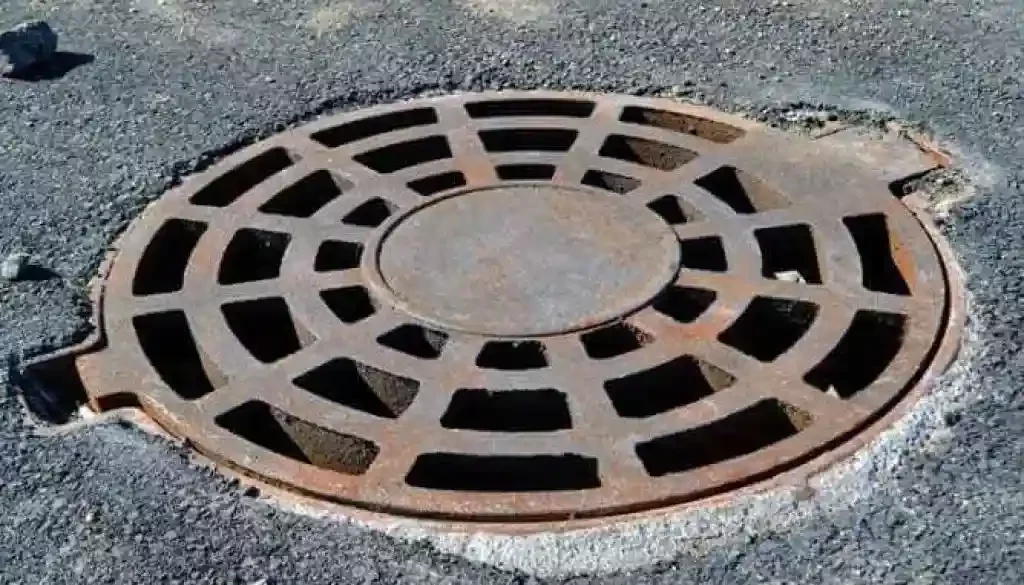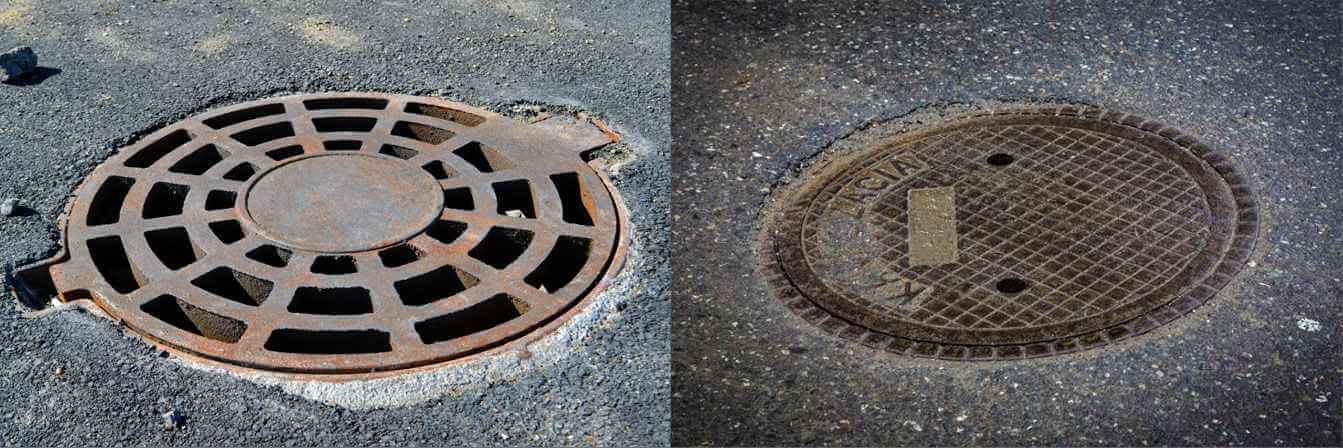Sewer manholes and manhole inspections
A manhole is the access point to any underground infrastructure. As such, sewerage systems are provided with a distributed set of manholes, also referred as inspection chambers, that are crucial for the proper inspection, cleaning and maintenance of sewers.
In this article we will see basics about sewer manholes, their importance in sewer inspection, the different types of structures and materials used in their fabrication. Moreover, we will see a particular kind of inspection designed specially to be performed on manholes.
Sewer manholes and inspection chambers
As introduced above, the main purpose of manholes is to provide access to sewer systems for cleaning and inspection. Also, they allow the connection of different pipes in the sewerage, for example because sewer lines change in direction or size.
Manholes has two main parts:
-
The chamber, which is a cavity that connects to one or more sewer lines
-
The vertical pipe that connects the chamber with the outside
The vertical pipe has a circular shape, so it better resists the compression of the earth. Often, they are made of precast concrete, although plastic and fiberglass manholes are also possible. For deep manholes, they can be manufactured with a ladder attached, to allow human access.
However, for most modern video camera inspections, like the ones analyzed by our SEWDEF, system, a physical human entry is not required.
Finally, the top part of this vertical pipe is ended with a cover, to protect the manhole and prevent unauthorized access. Now we will see the main features of manhole covers.
Sewer manhole covers
Sewer manhole covers serve as protection both for the manhole itself, and to prevent accidental access by animals or humans. The material used must be strong and heavy, to ensure they will keep in place despite the traffic or people passing over them.
That is the reason why the materials used are often iron or concrete. Since in many cases they are manually lifted, other materials can be used to reduce the weight, like fiberglass or other composite materials.
Manhole covers do not close the inspection chamber hermetically. In fact, they are built with small holes in traditional covers, or as a grating cover. In any case, there at least three good explanations for these holes:
- Gasses produced inside the sewers, which could be harmful or corrosive, are released through the holes of the sewer cover
- Specially in the case of grating covers, holes in covers help the evacuation of water from the street, preventing floods
- There are different methods for lifting manhole covers. Although some tools are based on magnets, taking profit of the metallic materials they are made of, the small holes can be used for lifting the cover with the classic tool based on a lever principle
Why are manhole covers circular?
Although manhole covers can have different shapes, like square or rectangle, they are typically round. And there are also interesting reasons for that. A few of them are:
- Round manhole covers are easy to manufacture and transport
- Easy installation (they do not need a particular orientation)
- Round covers cannot fall through the manhole
- Rounded covers require less area (and therefore less material) to cover the same width than squared cover
Sewer manhole inspections
Sewer video inspections are obtained by introducing a robot with a video camera through the sewer manhole, and then driving it through a sewer pipe. The video inspection is recorded and it is analyzed either manually or using an automatic detection system like SEWDEF.
This traditional type of inspection has the advantage of recording possible defects close enough to have a good estimation about their location and severity. However, it takes some time to move the robot along the pipe, and on many occasions the mobility is restricted by obstacles or sedimentation. In some cases, even the robot ends up stuck in the middle of the pipe.
One alternative to the traditional sewer inspection is to perform a manhole inspection, introducing a special camera through the manhole, mounted in a structure that just lowers the camera down the manhole to examine the pipes connected to the manhole.
The main advantage of this method is that it reduces the inspection time. Once the camera is located in front of the connected pipe, far sections can be analyzed by zooming in.
Although both inspection methods are different in their execution, and so they are the type of videos recorded, the SEWDEF can work with both, providing a fast, reliable and automatic way to analyze and report defects on sewer systems.
Sewer manhole maintenance
Sewer manhole maintenance is essential to keep the sewer system working properly and avoid costly repairs in the future.
Having knowledge of the manhole and how it is connected to other components, such as septic tanks, is an invaluable asset. Taking the time to research and understand the system helps create a plan for future maintenance and repairs, ensuring potential manhole issues are addressed before they become a problem.
If you want to know more about our SEWDEF system, do not hesitate to contact us.



